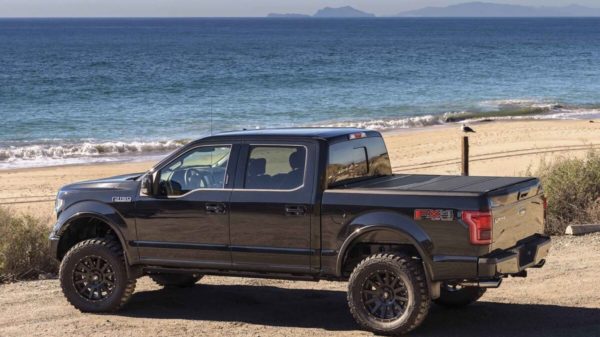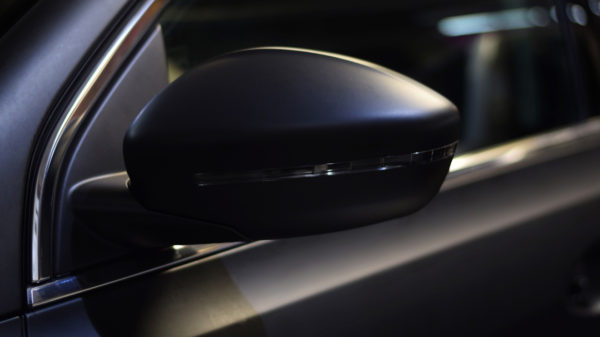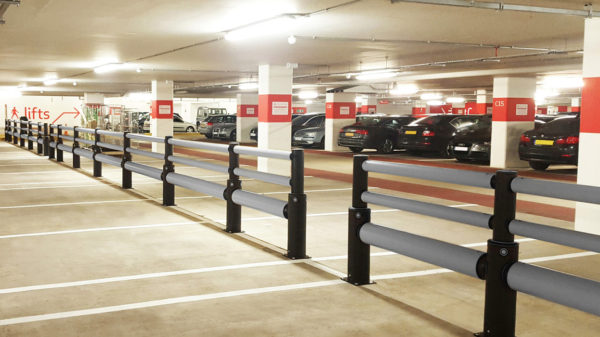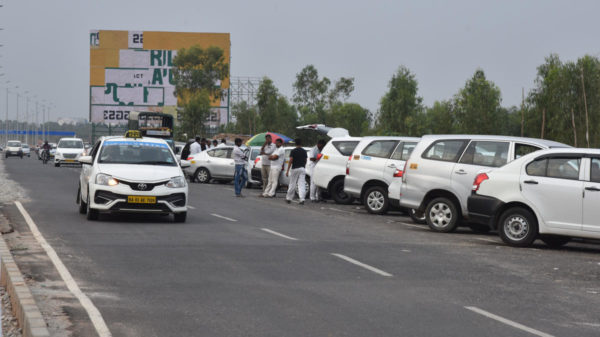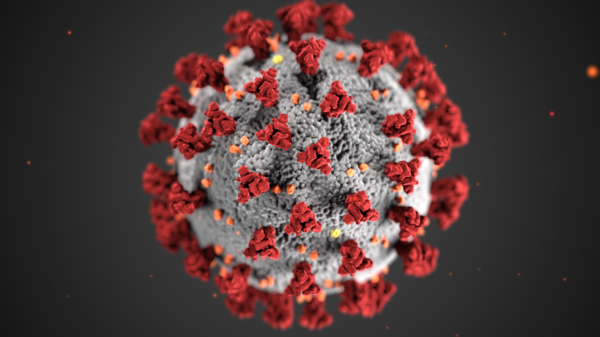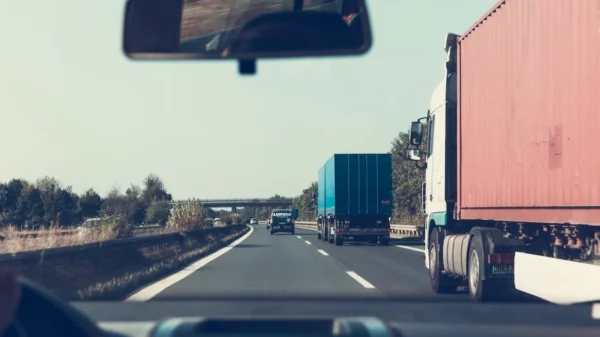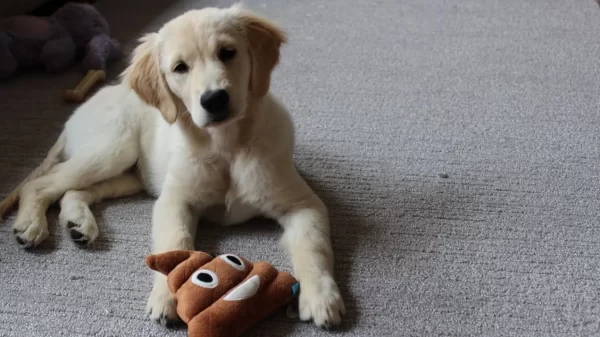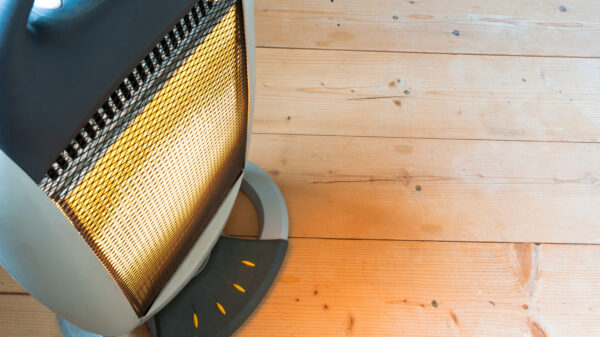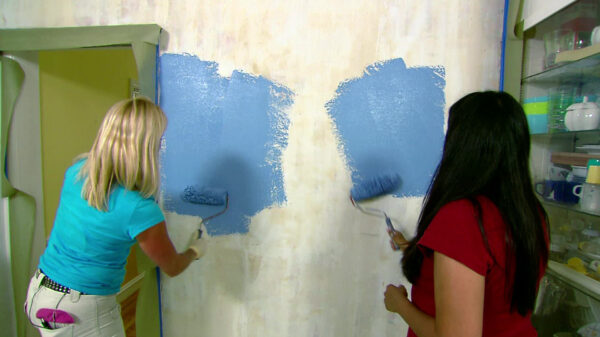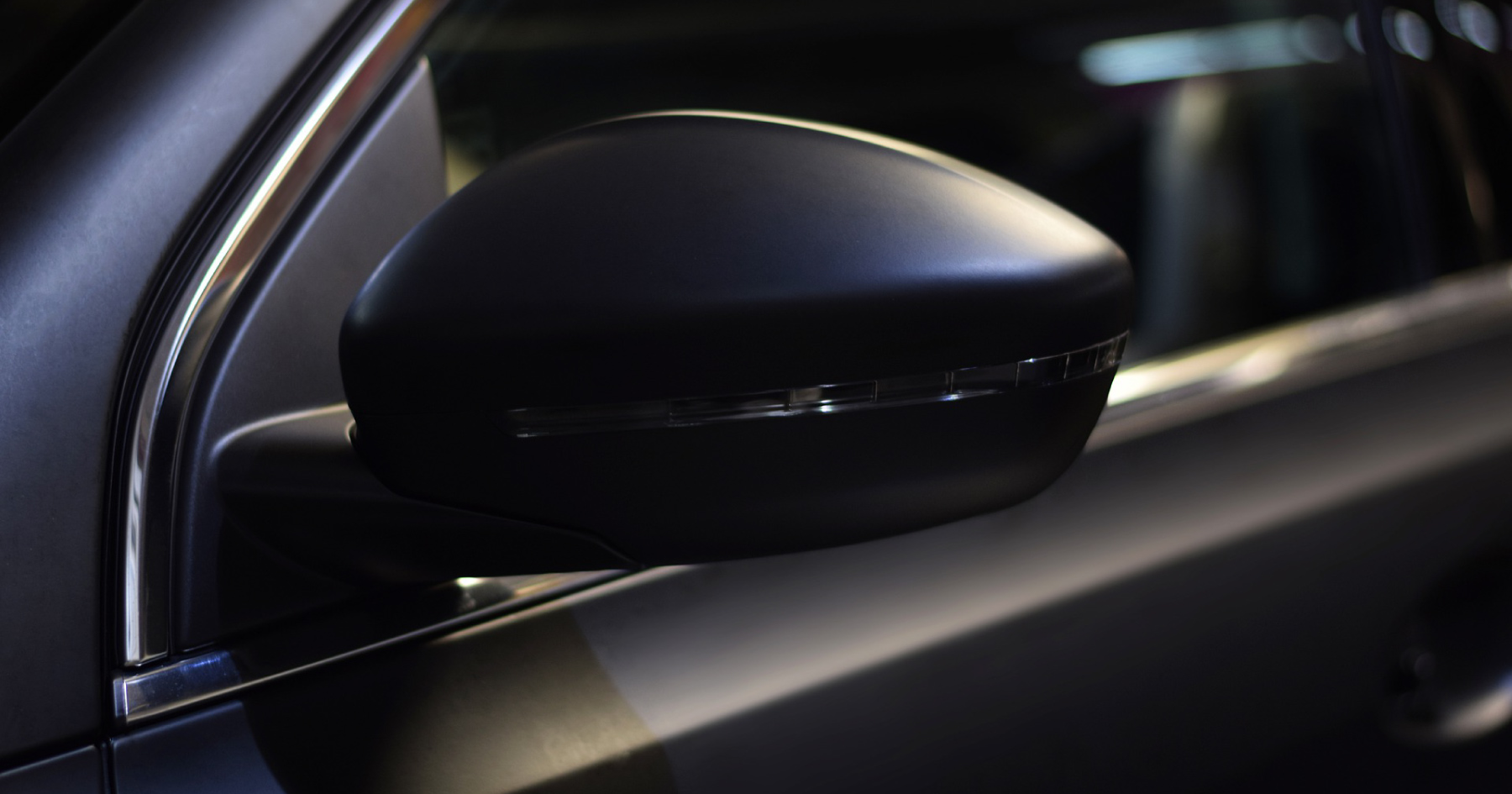Vehicle wrapping has become a great way to customize and personalize a vehicle thanks to a combination of simplicity, aesthetics, and good economics. Companies even utilize wraps to advertise their products; they’re a common sight at virtually any racing event, especially NASCAR. However, if you’re designing your own wrap, it isn’t so simple as just jumping into the design and everything coming out perfect. There are a variety of factors you need to consider as a designer for your design to come out according to your vision and specifications.
Successful Design Principles
Naturally, having a proper design is one of the whole points behind a car wrap. However, applying designs to said wrap isn’t as easy as what you’d see on a business card or t-shirt. There are specific features to consider with the core design.
One of the key things is to consider the car’s surface. Every car has its own surface detail with curves and bumps that don’t mesh well with any generic one-size-fits-all type of wrap; you need to account for all this so that the wrap’s final design doesn’t end up distorted or ruined. Every single aspect has to be accounted for, from the curve of the wheel well to every small outside piece you can think of.
Another important aspect of the wrap’s core design is keeping your image on-brand and aligned with certain goals, if there are any. Vehicles can be great mobile advertisements, able to spread whatever they’re advertising across a wide range. From colour to brand name, all these characteristics are essential to advertisements; this is no different when applied to wraps. Research has shown that advertising via vehicle raises brand recognition 15 times more than other types; similarly, it has also been found that 75% of audiences have formed positive brand opinions after viewing vehicle ads.
In connection to keeping a wrap design’s image on-brand, it’s also important to keep certain goals in mind. Whether major or minor, the wrap design is essential to achieving these goals. This can range from anything to brand awareness to driving increased traffic towards that brand. Always work with those goals in mind, and you’ll be well on your way to a successful design.
The Right Materials for the Job
Another important factor within good wrap design is choosing the ideal materials. There isn’t any universal material you can pick that will work regardless of the circumstances, so you have to be attentive in choosing a good base.
Firstly, you should identify what kinds of outside factors your material may come in contact with. Most manufacturers will have specialized wraps in-stock tailored to specific conditions, from high-quality and cost Cast Vinyl to lower performance yet cheaper Calendared Vinyl, so do your research to find the best choice.
There are quite a few suppliers for vinyl wraps out there, offering both high and low-quality products. However, if you’re looking for the best, some of the best manufacturers out there include 3M, Avery, Oracal, and Arlon.
When it comes to actually applying the vinyl itself, using it in combination with an overlaminate is incredibly important, especially if you’re going with calendared vinyl. The latter ends up fading much faster than higher quality cast vinyl, not to mention that calendared vinyl isn’t meant for the curves on a car, meaning it has a high propensity to bubble and pop after a few months. No matter how good your design or installer, it doesn’t mean anything if the material you use isn’t right for the job.
Production
Once you have both the ideal design and right materials ready to go, it’s time to actually produce your design and get the selected vehicle ready for application.
As much as some may wish it were, printing a design onto vinyl isn’t as easy as normal printing done at home. Vinyl printing uses a more specialized wide-format digital printer set up specifically for the job. Not only that, there’s also the vinyl print profile to keep in mind; every manufacturer has its own unique profile specific to the product.
This requires a unique code input into the printer, which tells it how much ink to lay down for ideal results. Unfortunately, many print shops prefer to use a one-size-fits-all profile, which means your design comes out dull and unappealing. As such, make sure to look into your local print shops thoroughly and double-check their printing guidelines. If you want your design to come out as your ideal vision, it doesn’t help if it doesn’t come out as vibrant and appealing as it deserves.
Preparation
Once you’ve found a proper print house who will print your design as it’s meant to be, it’s time to think about vehicle preparation. Although not directly involved in the actual design process, preparing your vehicle of choice for the vinyl application is just as important. You can think of the vinyl as the “paint” and the vehicle as the “canvas” in this case, with the two of them together forming the successful “painting” itself.
Make sure to select the right installer so the job is done right; do some research into what equipment and training the prospective installer has, look into their past work, and see if you can view their workshop. It’s also important that your prospective choice possesses a dust control mechanism of some kind so they can clear any minuscule debris from the car surface before application. Having that right team complete the application can make all the difference, even if everything else has gone right.
Final Application
Now that everything is set up and ready to go, it’s time for the final application. This is a sort of make-or-break moment and where the “painting” analogy mentioned above comes into fruition. Even with all the visualization and proper preparation, without doing a proper and thorough wrap application, everything ends up ruined.
Where you’re installing the vinyl can be just as important as the actual application. Doing it outside means you run a very high risk of dust and other debris getting under the wrap, meaning it will be highly visible underneath. Not only that, but the presence of this debris can potentially result in openings that can let water in and cause the wrap to fail. Even if it’s indoors, the installer area should be clean and as spotless as possible, not to mention climate controlled, to avoid any complications.
Finally, finding a good installer is key. Given the nature of car wraps, if you want a successful installation, look for installers who have plenty of experience, including various types of wrap materials. It can also sometimes be a bonus if your chosen installer has his or her own unique tools; many end up developing their own as part of the job, with some even seeing patents and industry adoptions. The ideal installer also needs a steady hand and plenty of patience, as trimming off the excess material becomes one of the last steps; if the wrap isn’t properly trimmed, it can come out awful and unappealing.
With these five factors, not only will you have an incredibly successful design on your hands, but you’ll also have an excellent and beautiful vehicle feature that anyone will envy.
Rhett Desormeaux is a content writer currently working with BreezeMaxWeb. He’s a passionate writer and loves studying ancient history, especially Bronze Age civilizations.























